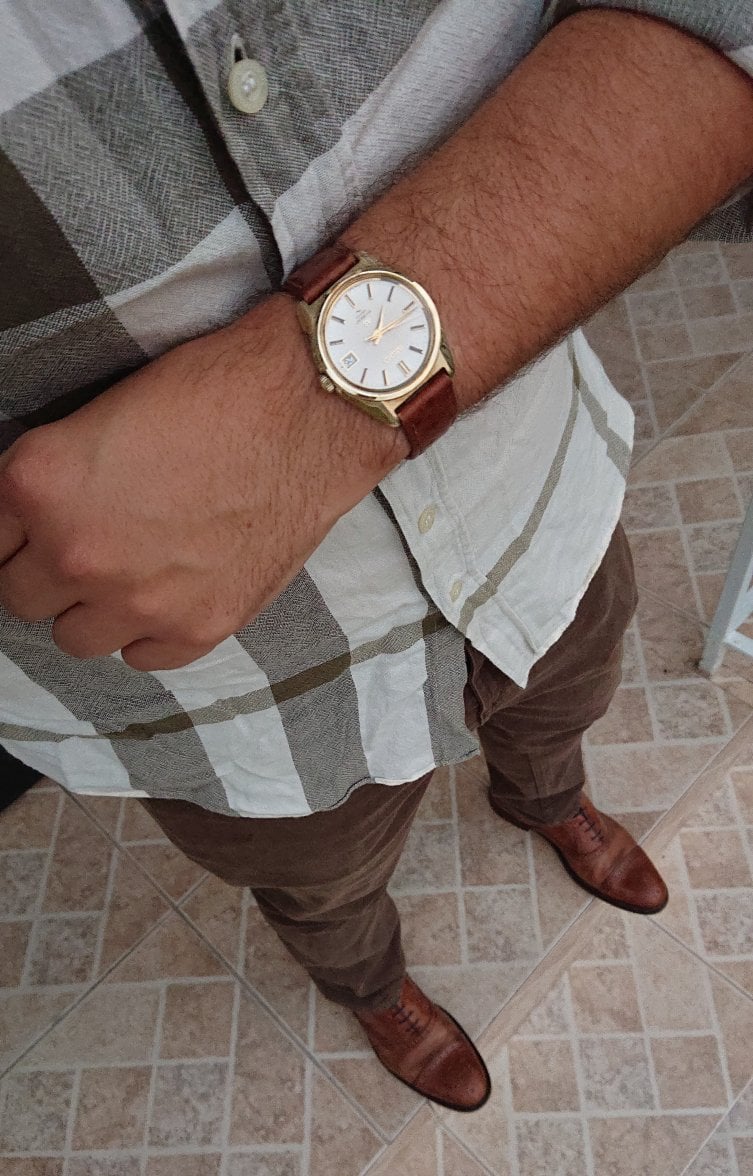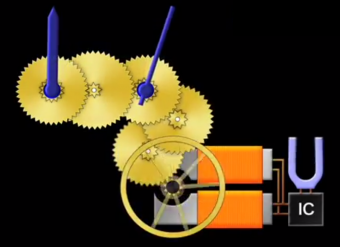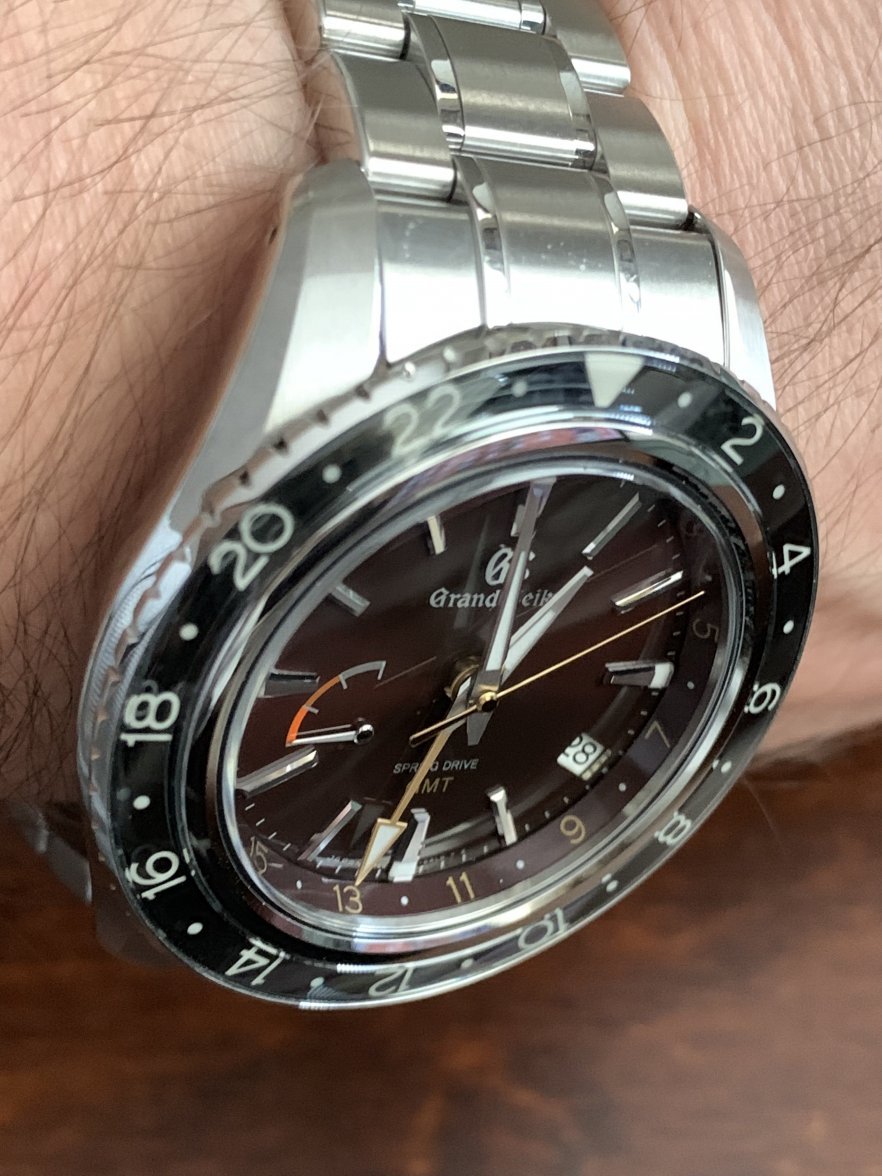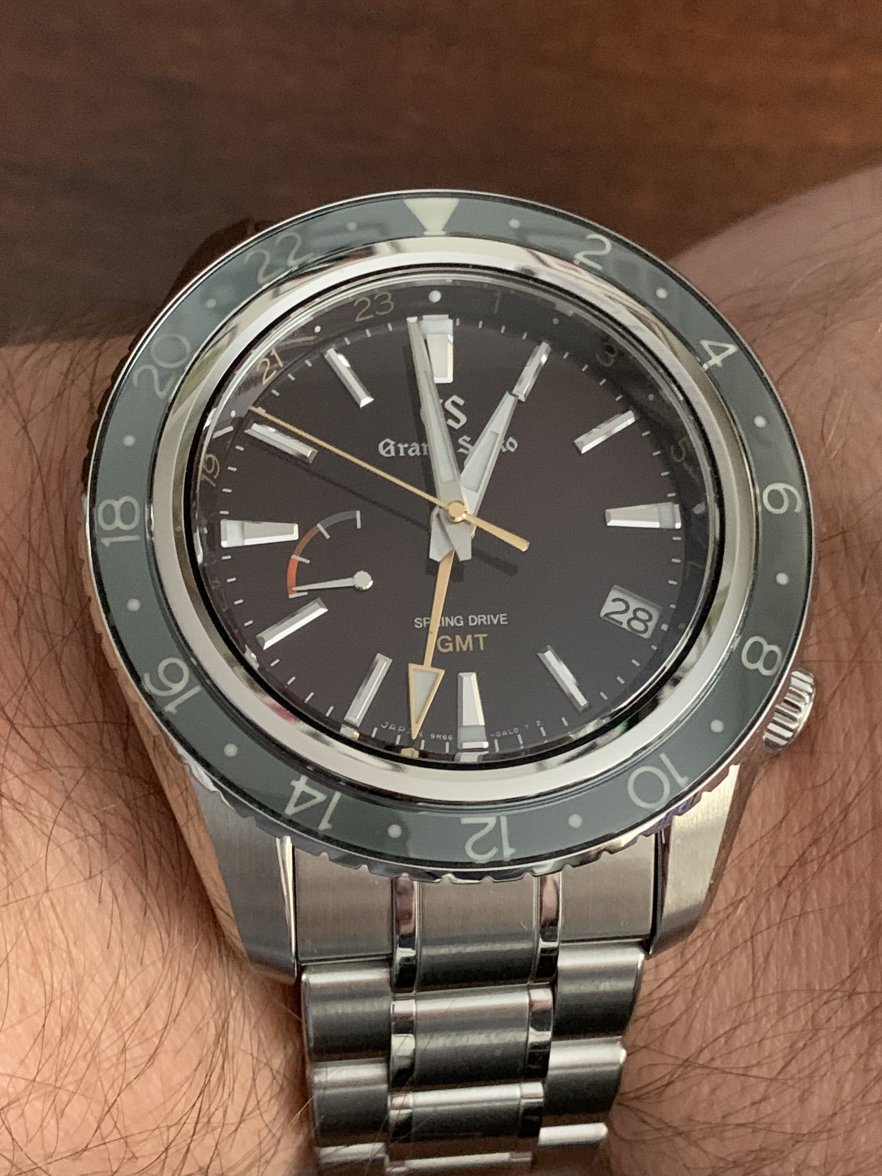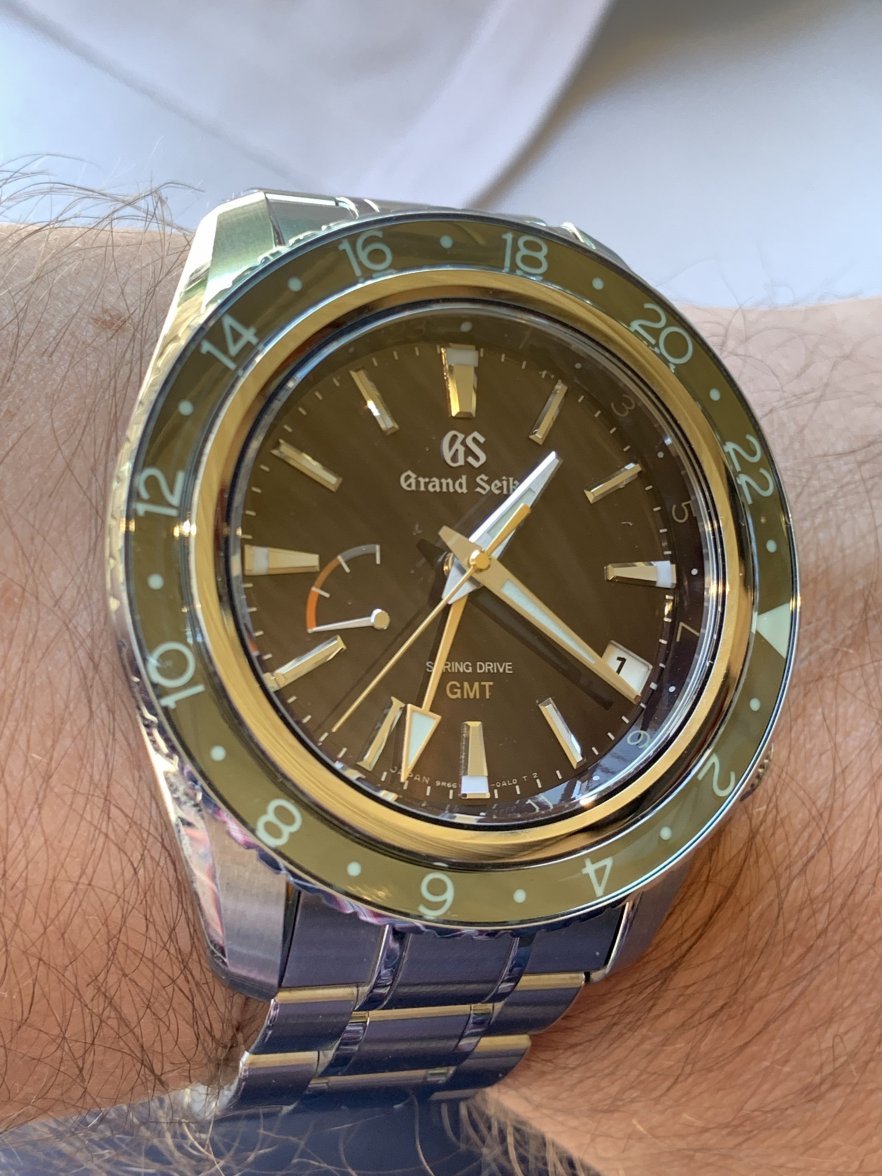- Posts
- 13
- Likes
- 12
Wiz
·Well, the point I was addressing was this:
"Spring Drive is more accurate than most non-thermally compensated quartz watches because GS make their own crystals and then electrically "age" them for 3 months before selecting them, often achieving accuracy of mere seconds per year rather than per month as specified."
And I've proven that this is a false statement.
I don't think you did. All you proved was that you managed to find one non-therm that had better manufacturers specs, however the reality is that many (many) Spring Drives perform WAY within Seiko's specs, so it may be they're just more conservative with their figures. Like this for example:
The main point I was arguing was that your comment was that Spring Drive isn't as accurate as quartz isn't right - or at least it's misleading because they are as accurate as quartz watches. Maybe not ALL quartz watches sure, we can definitely agree that, but from what I've seen, they are more accurate that "most" non-term-comps, so my statement was not at all false.
Indeed my writing was imprecise, as I was referring the HAQ watches when I said that. It was in response to the claim that the spring drive was "ultra accurate" and again that's not really the case. As I've illustrated the "specially adjusted" 9R15 movement doesn't come close to matching the accuracy of thermocompensated quartz movements, so the argument often made that these are "the most accurate" movements out there is completely false.
I never once said that they are the "the most accurate movements out there". Only that they are more accurate than most non-term quartz movements, which they are as "most" non-therms are not aged and binned. Certainly they are more accurate than any other spring driven mechanical movement out there, which is their real competition as Seiko do normal quartz to compete against other high-end quartz.
Taken out of context I agree it doesn't make any sense. But the Spring Drive is most certainly a quartz movement, and one that is about as inefficient as you can get from a watchmaking point of view. As you have admitted, it uses the same exact quartz crystal technology for timekeeping that a regular analogue quartz watch does, but is powered via mechanical means. It fails to outperform traditional thermocompensated quartz movements that have been around for decades.
It's not out of context, you said spring drive isn't as accurate as quartz - how have I take that out of context? To say it's a quartz watch powered by mechanical means is misleading. That description is accurate for Seiko kinetic but not for Spring Drive. Spring Drive is a fully mechanical action regulated by quartz - very different and should be compared to a mechanical watch not a quartz one.
Take away the quartz crystal and it would not keep time at all, so how it can be viewed as anything but a quartz watch is puzzling.
That's like saying: take away the escapement on a mechanical watch and it would not … In fact, take away the swiss anchor and the Spring Drive brake and you have two watches that will just spin around as fast as friction will allow - same thing.
I don't pretend to be in the minds of the people who came up with this so I'm not sure how you know what their intentions were
By reading what they said! Try these (and the references):
https://www.timepiecechronicle.com/features/2017/8/17/in-depth-the-history-of-grand-and-king-seiko
https://www.hodinkee.com/articles/grand-seiko-spring-drive-snowflake-review
Btteries, that wind through the movement of your wrist, and are just as accurate as the spring drive is - those are also quartz watches.
They are not "also" quartz watches, they are simply quartz watches with a different change system, not mechanical watches with a quartz regulated brake to replace the escapement!
